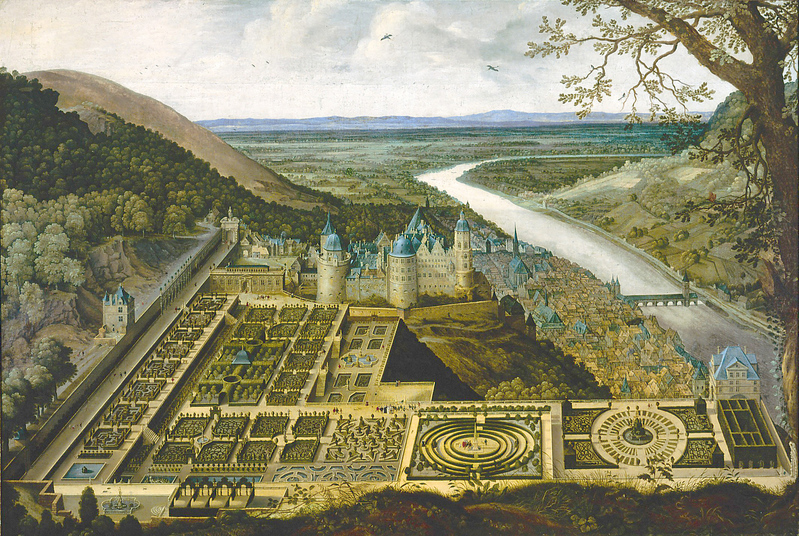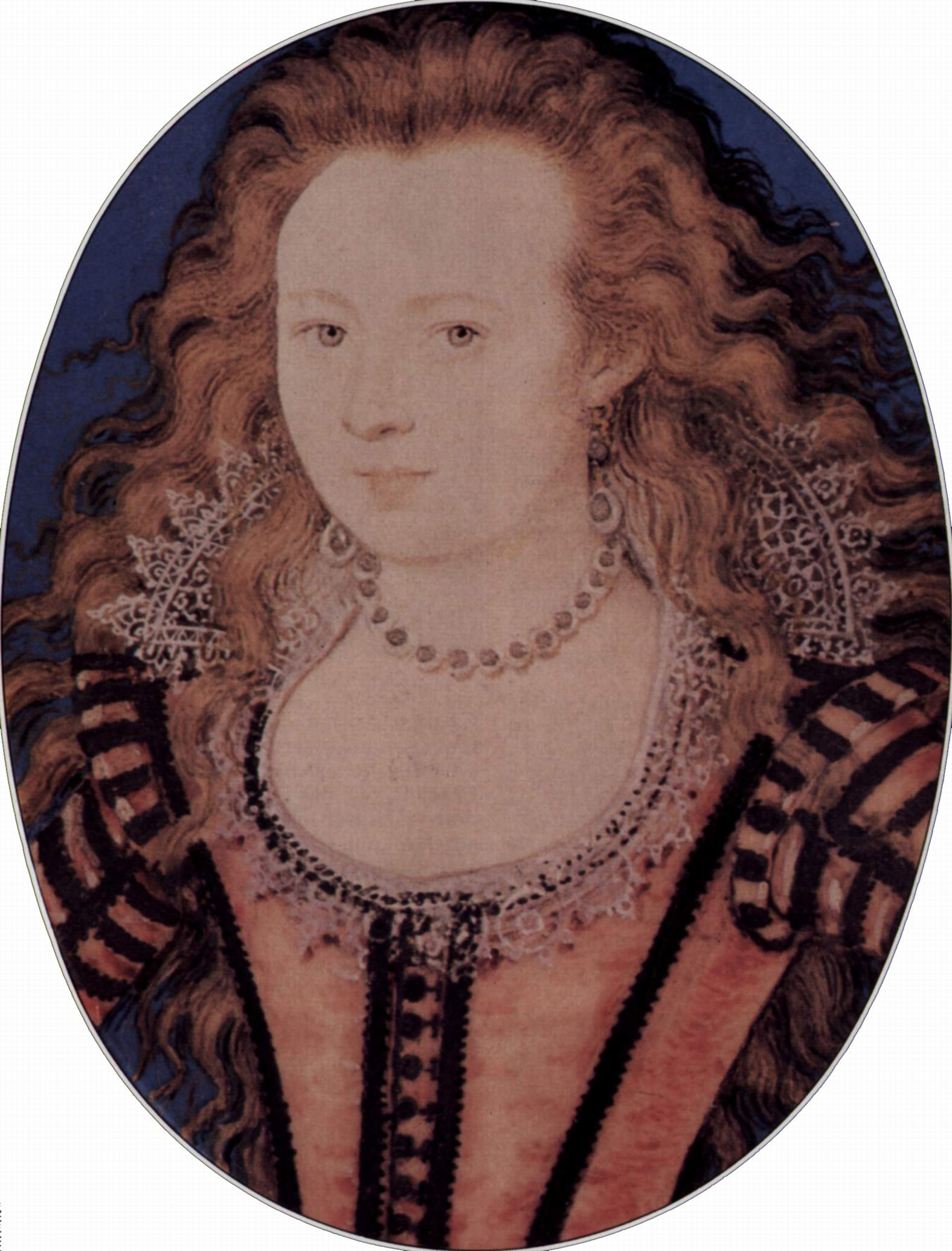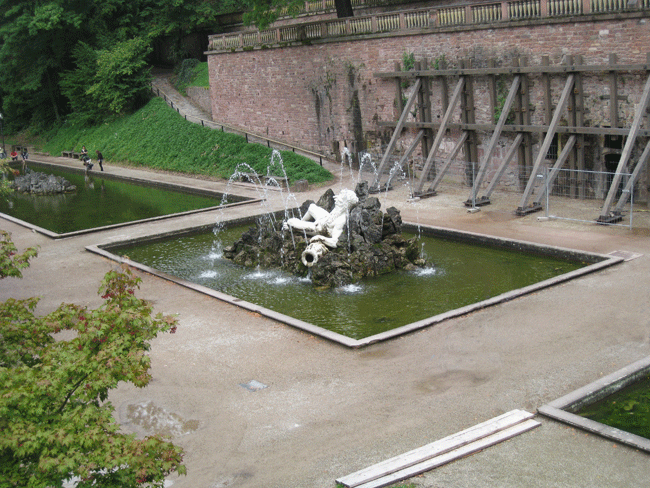You are currently browsing the tag archive for the ‘Ruins’ tag.

During this pandemic we can’t really travel internationally (or domestically, even, for that matter), but that doesn’t mean we can’t mentally visit amazing places around the world. Thus, today’s post features an astonishing place which I have always wanted to visit (even if I will probably never make it there in reality). Behold the ruins of Rievaulx Abbey, a great Cistercian monastery located at the edge of the Great North York Moors of Yorkshire.
If you were wondering about the French name, Rievaulx Abbey was founded in AD 1132 by twelve monks from Clairvoux Abbey, the birthplace of the Cistercian order (Saint Barnard founded Clairvoux in 1115). The Cistercian order was a reform order of monasticism, meant to undo the worldly excesses which had crept into the Benedictine order (the dominant form of cloistered life throughout Europe since the 9th century). Barnard and his followers wanted to embrace a much starker asceticism so they could truly focus on divinity.

Perhaps because of this austere zeal, Rievaulx Abbey flourished during the 12th and 13th centuries. In order that they could properly concentrate on their Christian devotions, the monks created a substantial commercial empire based around mining lead and tin, producing and selling fine wool throughout Europe, and smelting iron! For a time Rievaulx Abbey was one of the greatest and most prosperous abbeys of England. Yet, inevitably, the rot set in. A sheep disease ruined the abbey’s wool trade and the diminished number of actual brothers began to live in much more comfortable and luxurious manner off of the incomes of their estate.
Like all great English monasteries, Rievaulx was dissolved by Henry VIII in 1538. The rapacious but far-sighted king discovered a way to purge the Catholic Church from his kingdom and his private life while also obtaining vast productive estates to grant to his most loyal supporters (or his own royal household). The buildings were stripped of valuables and “rendered uninhabitable”. However the superb stonework remains, testament to the organization which, at its height, consisted of hundreds of monks and lay brothers running thousands of acres of land (and attendant enterprises and pursuits).


There’s exciting news in the, um, news: French archaeologists have discovered brand-new ancient ruins! The beautifully preserved Roman town were discovered in Sainte Colombe, a contemporary French town next to the Rhône River (as an aside, Sainte Colombe was named after a famous Baroque-era master of the viola da gamba). The ruins, which date back to the second and third century AD, are currently being excavated. So far the researchers have discovered the shops of various artisans and metal workers, a wine warehouse, a temple to an unknown deity, and two luxury houses which belonged to wealthy Romans. The ruins are being dubbed a new Pompeii, since fire caused them to be abandoned and forgotten until present (and left them much more intact than other such discoveries. I love Roman ruins and I am looking forward to seeing more of this ancient town!




